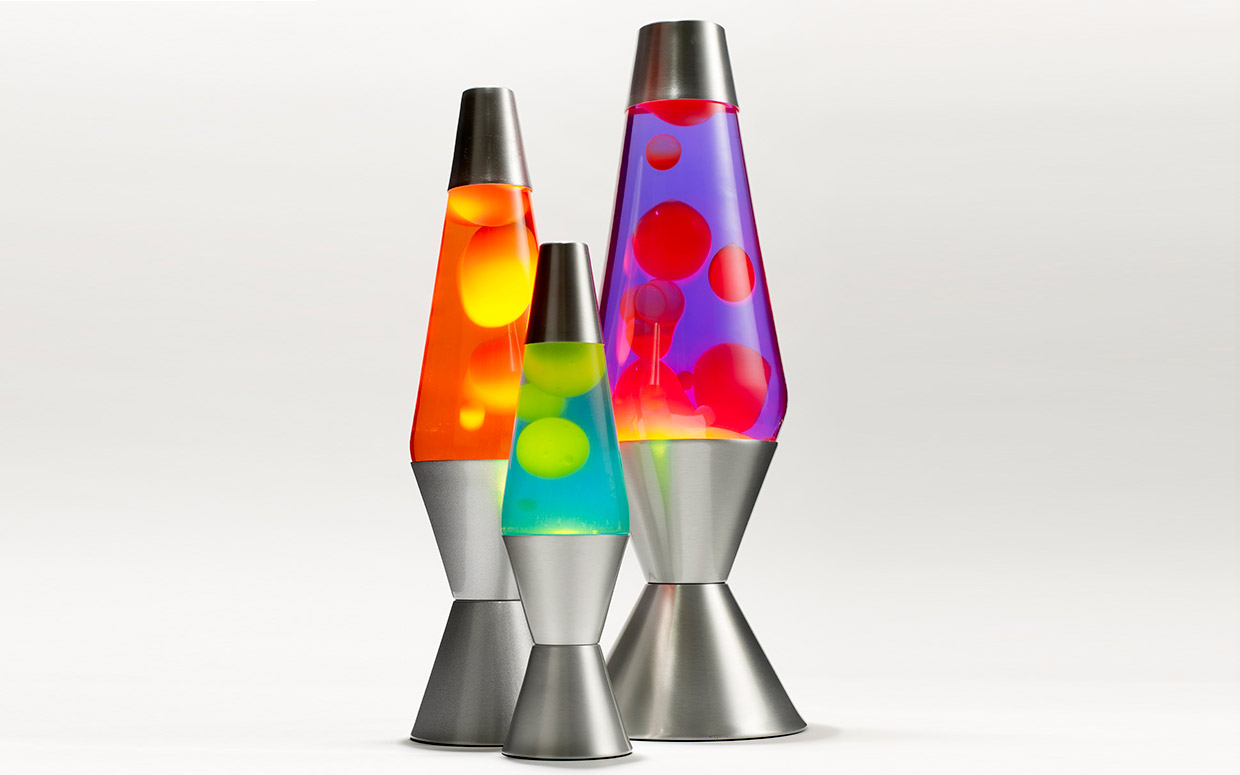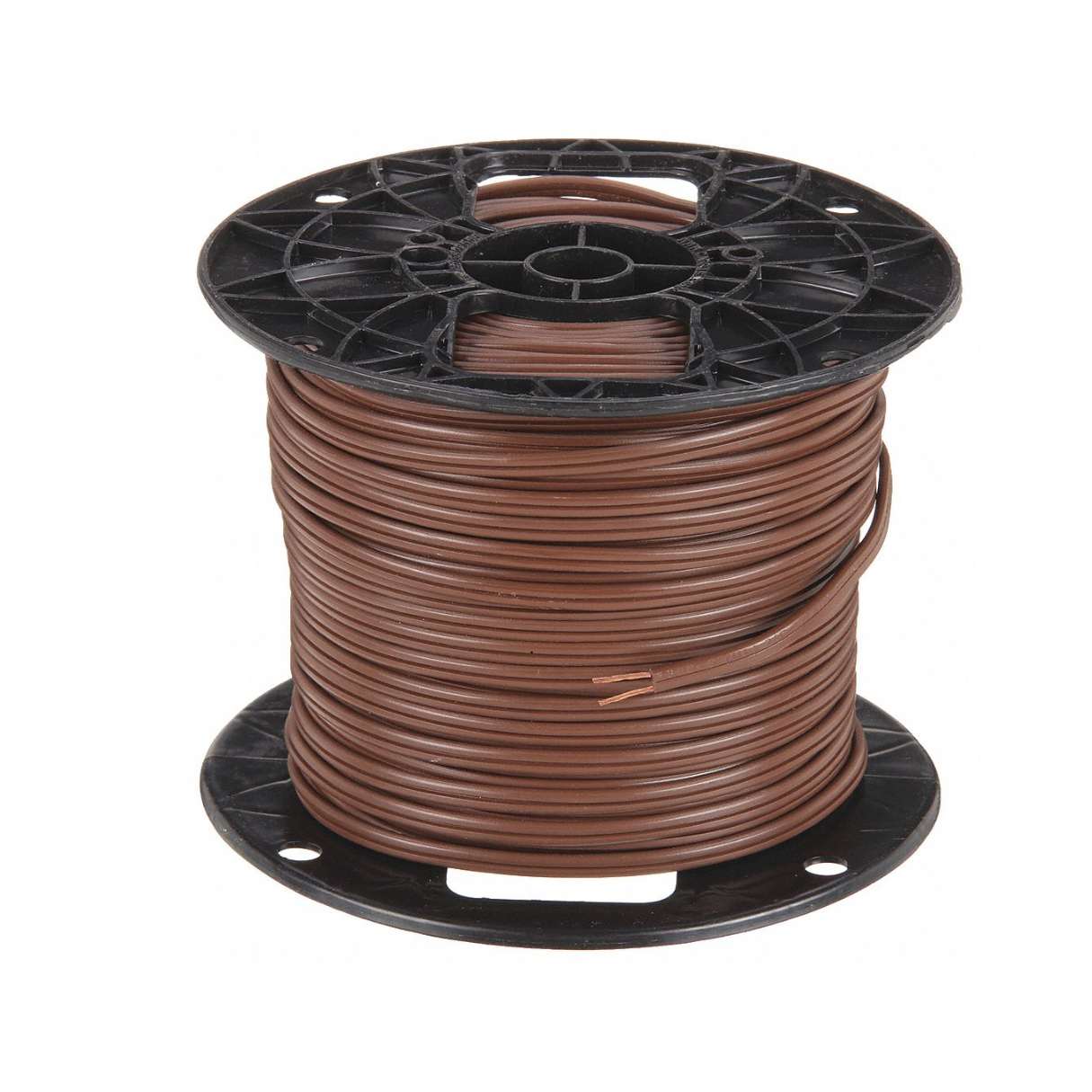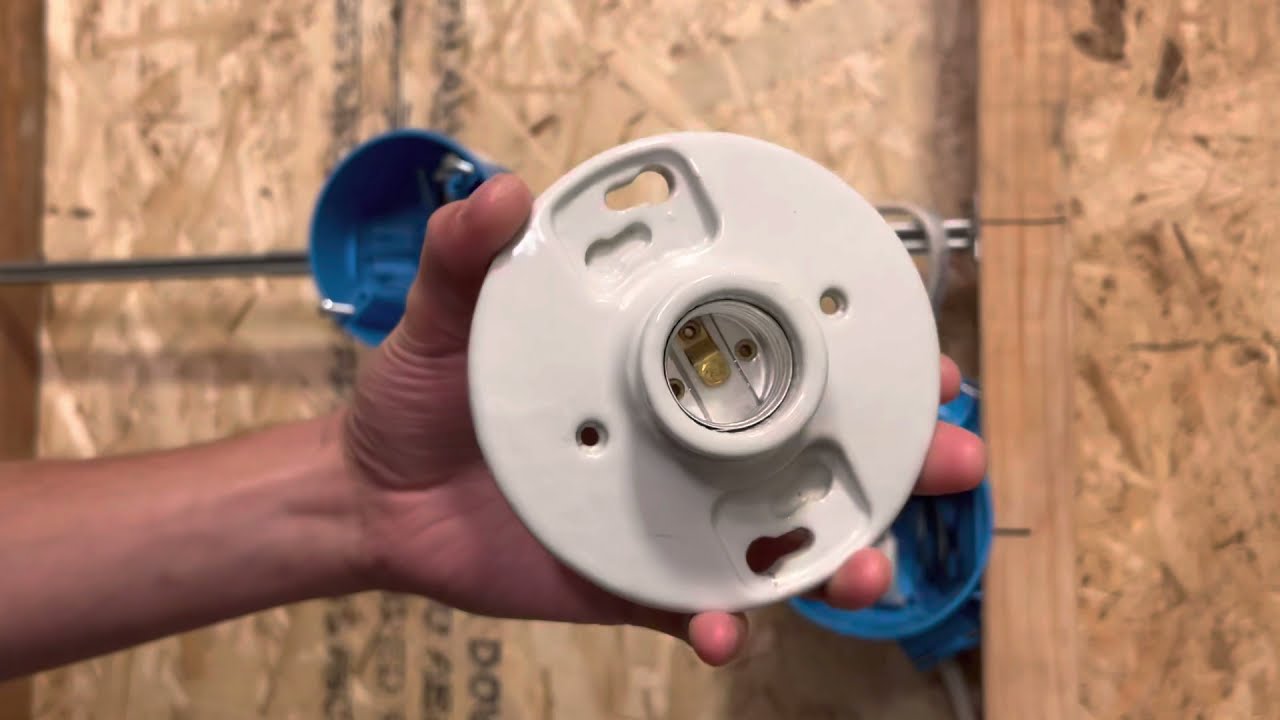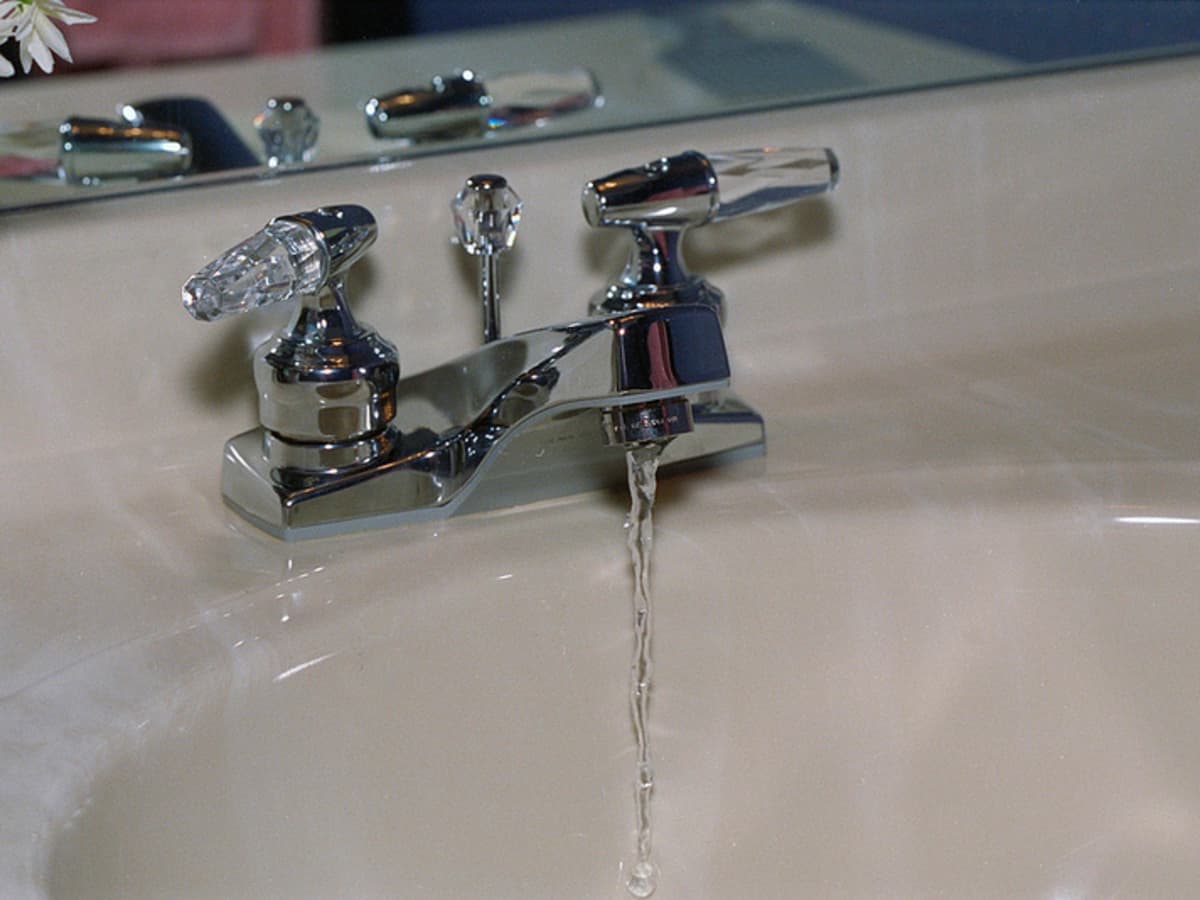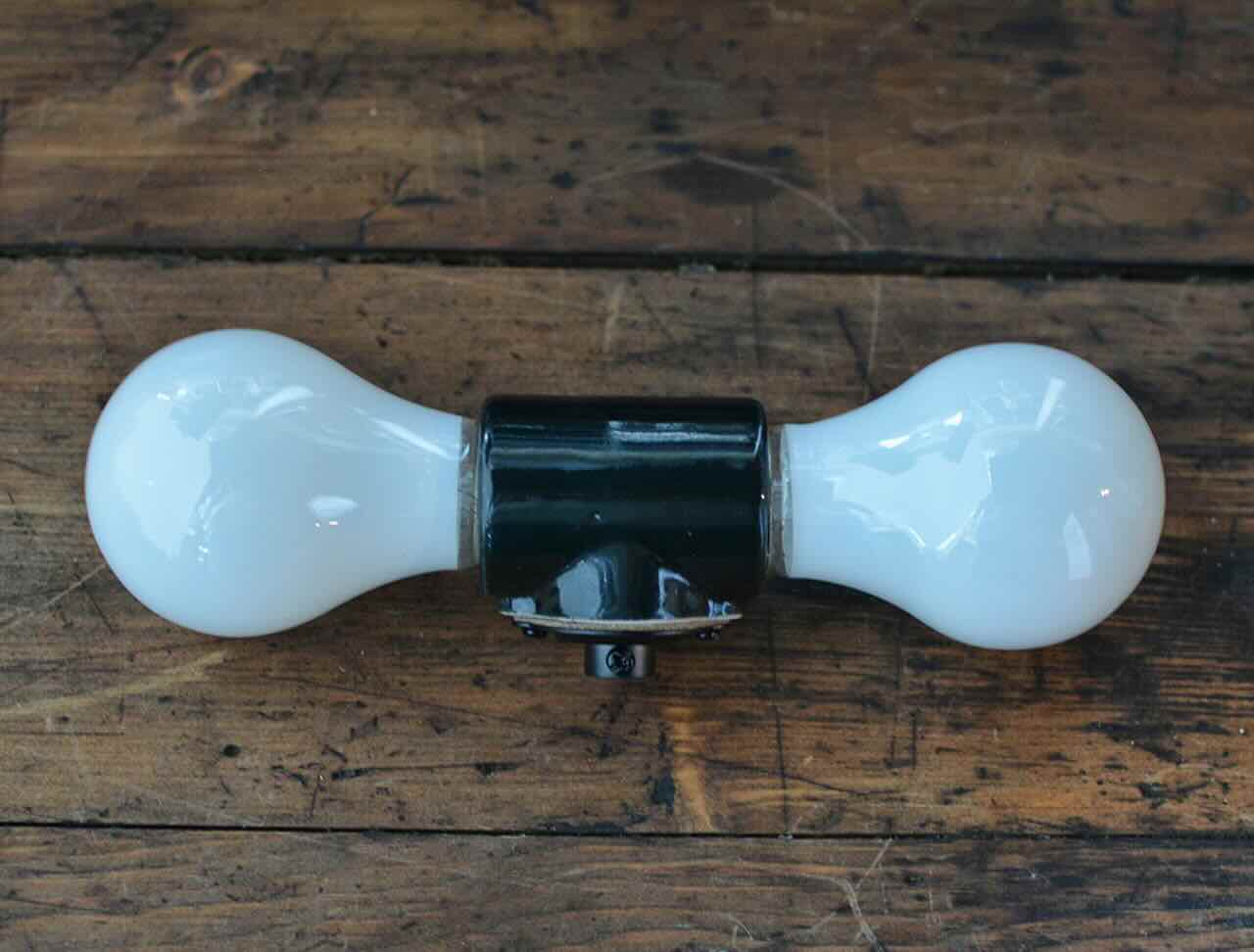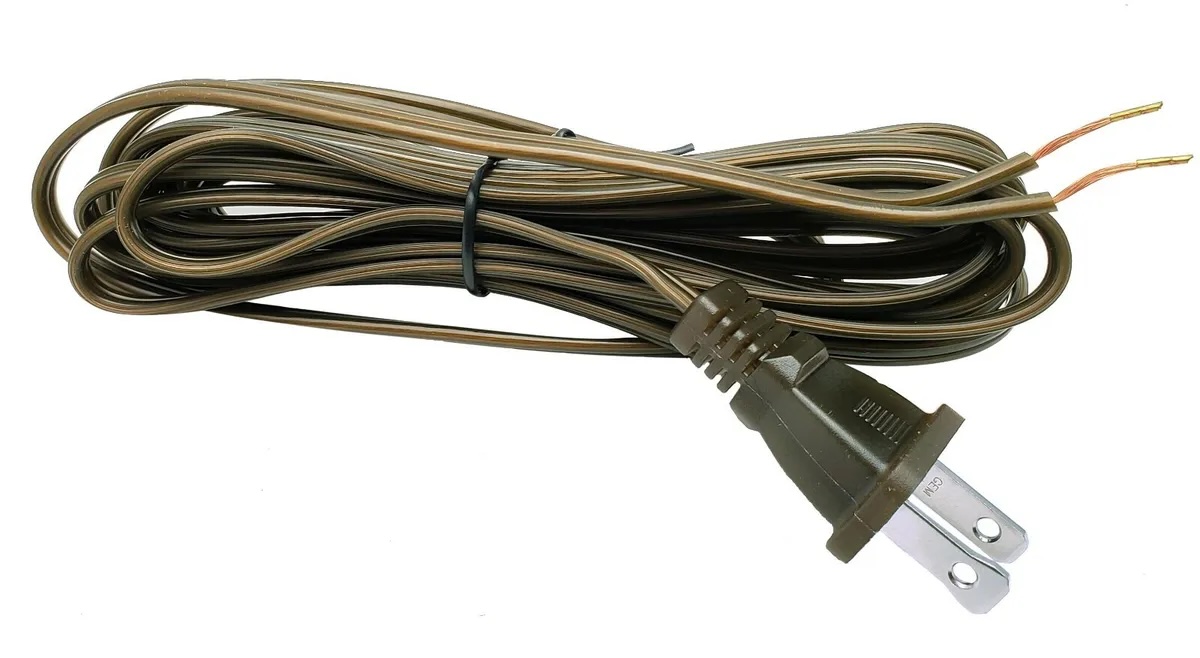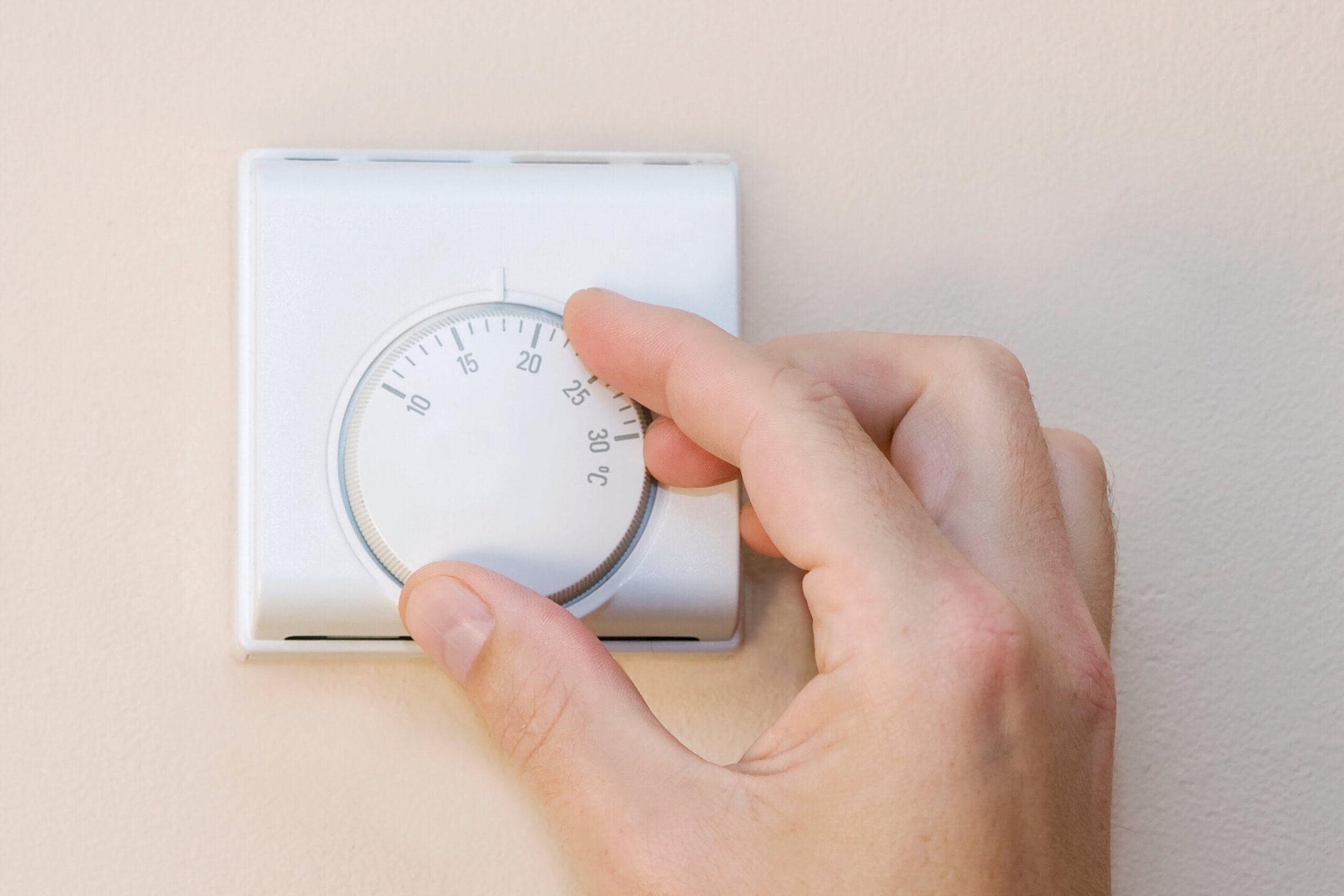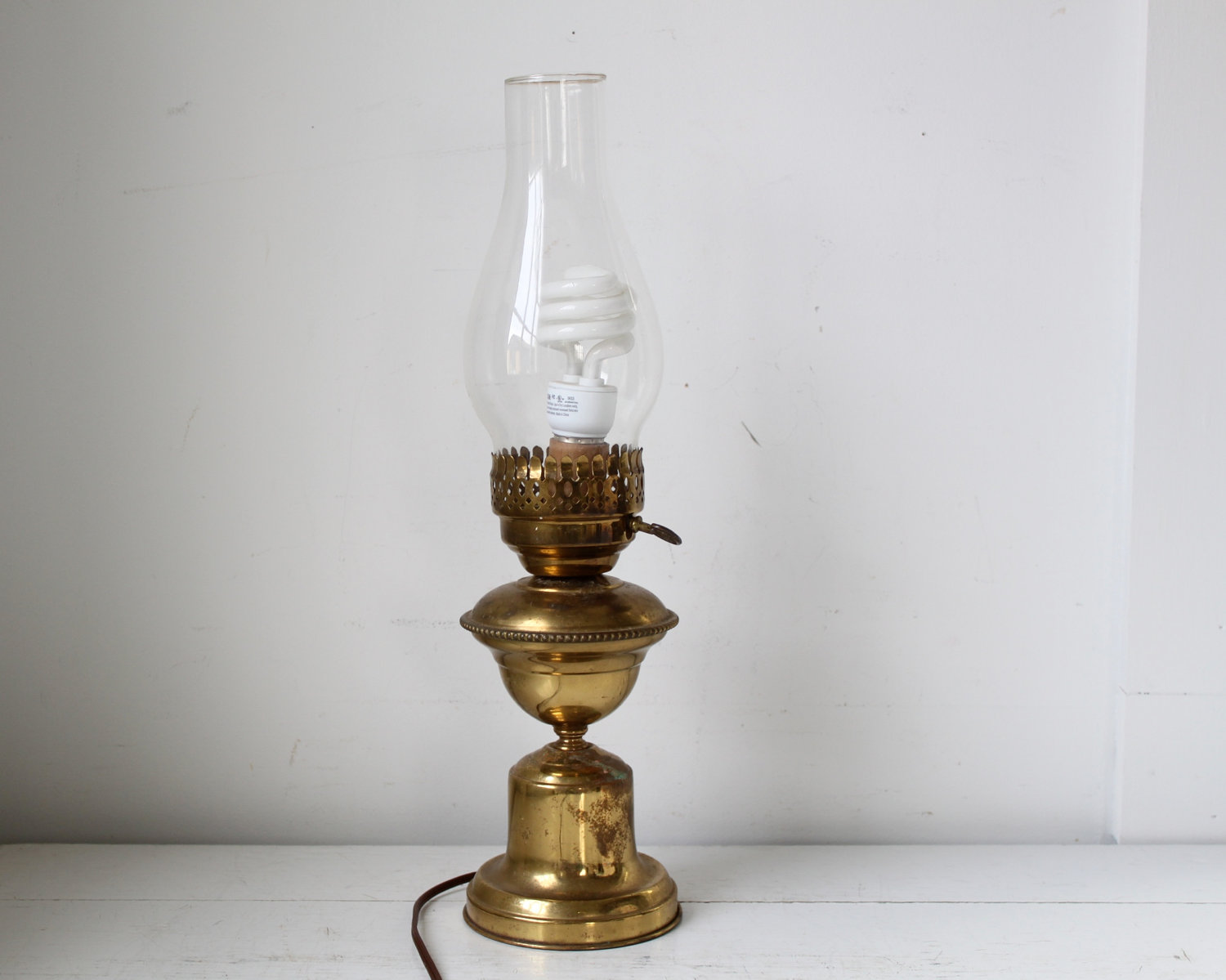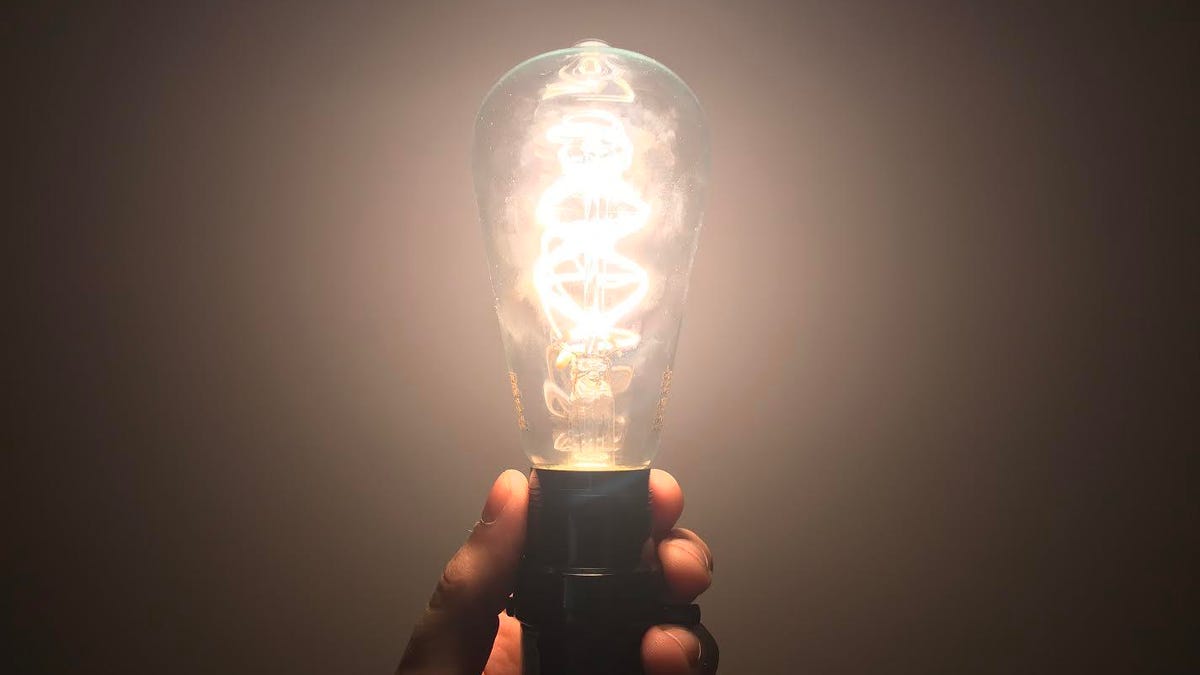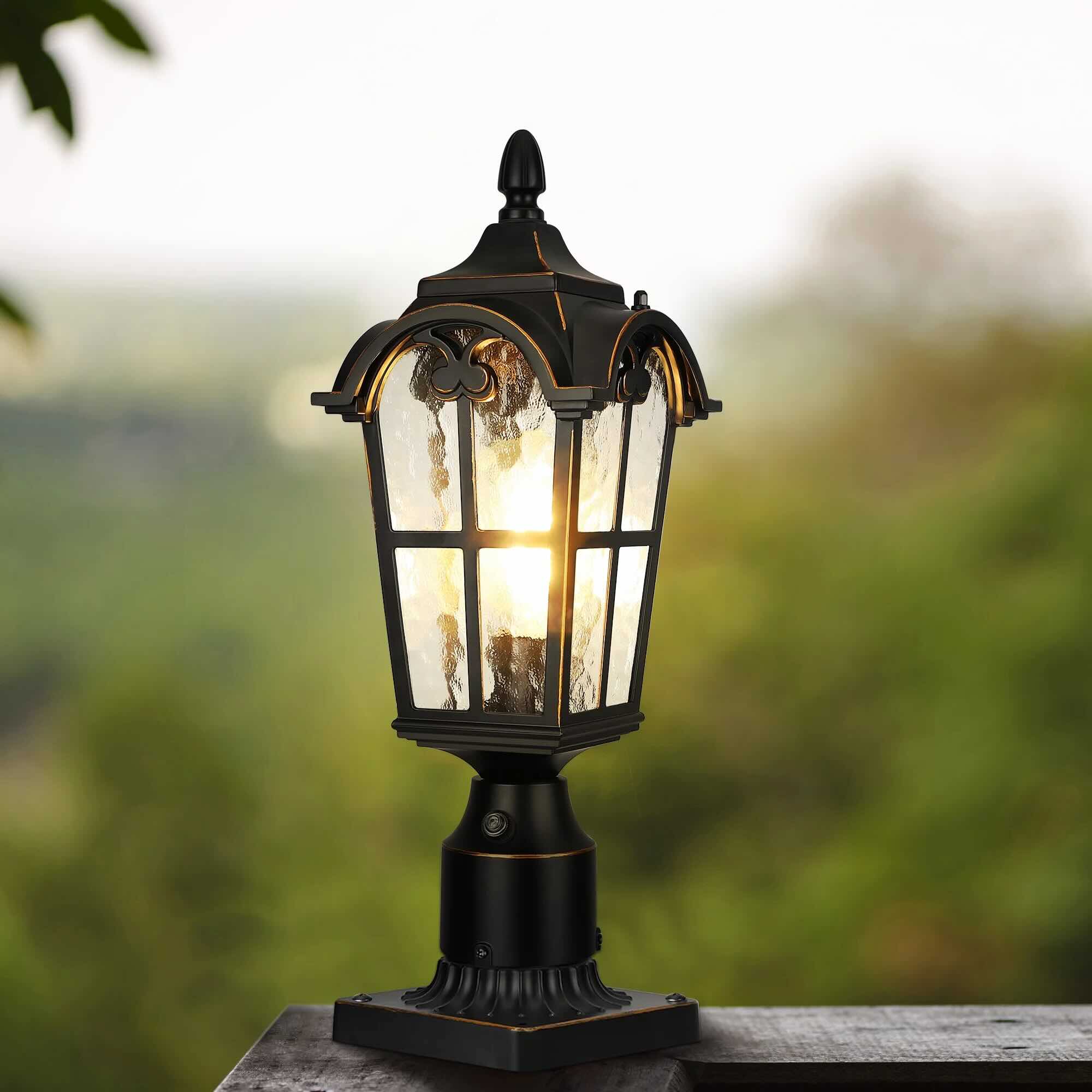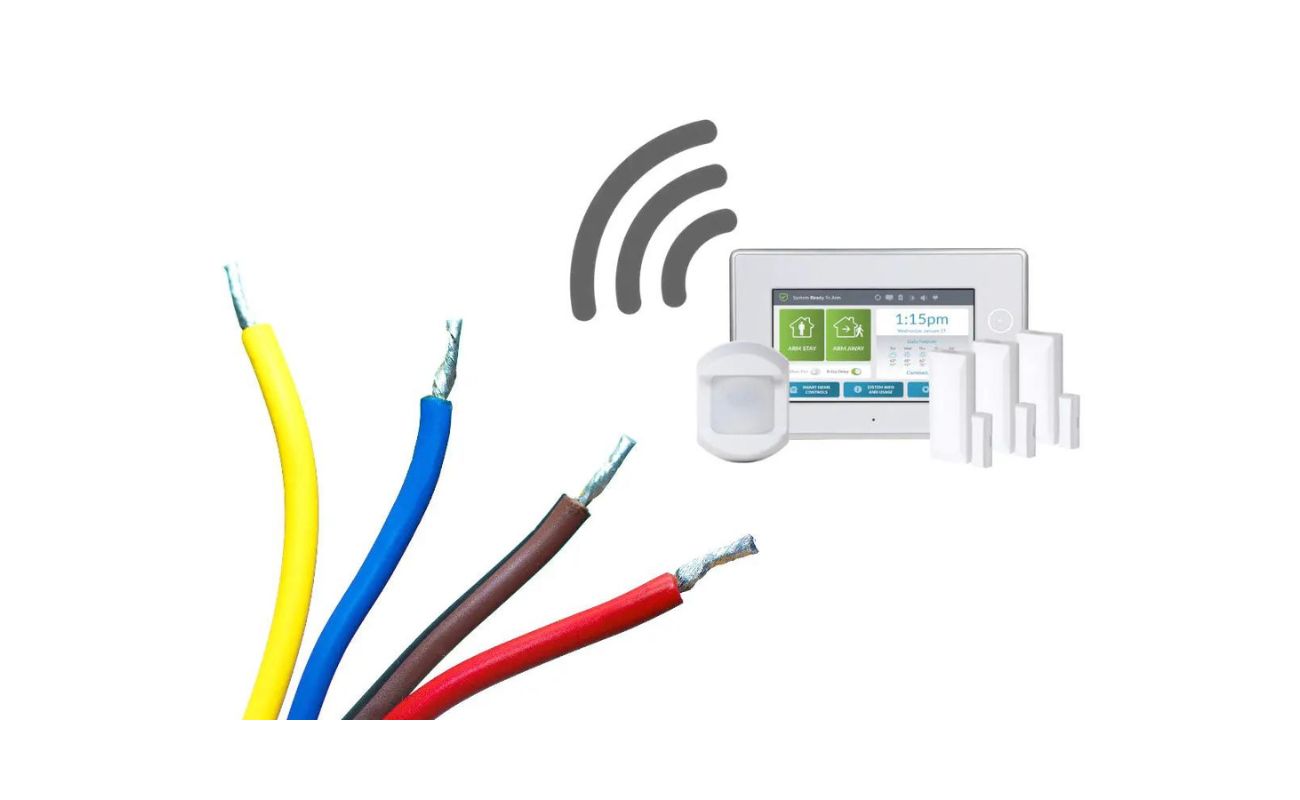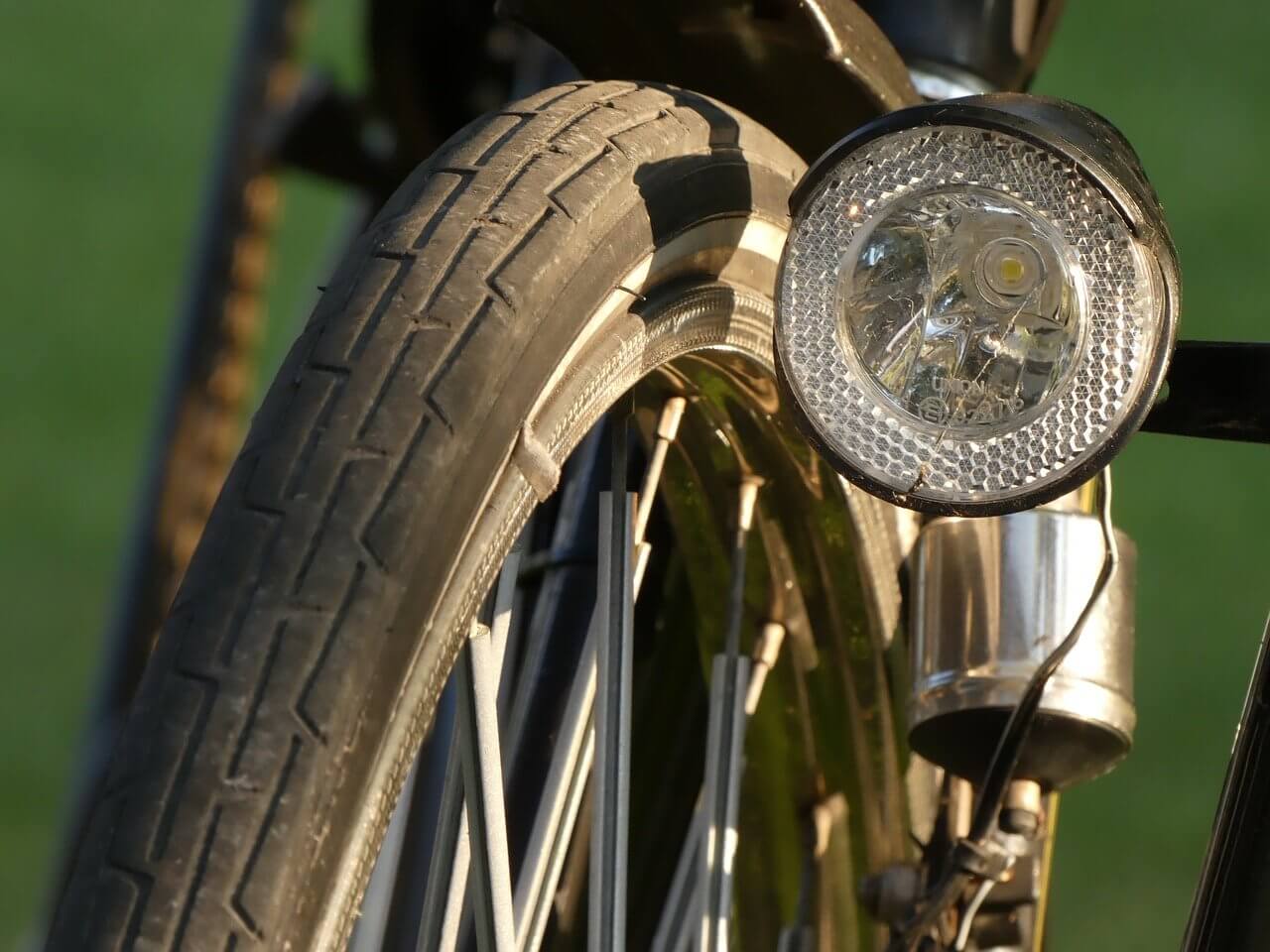

Furniture
Why Is There Only One Wire On A Dynamo Lamp?
Modified: November 1, 2024
Discover the reason behind the single wire design of dynamo lamps used in furniture. Explore the functionality and benefits of this unique feature.
(Many of the links in this article redirect to a specific reviewed product. Your purchase of these products through affiliate links helps to generate commission for Storables.com, at no extra cost. Learn more)
Introduction
Dynamo lamps are a popular and functional lighting option that has been around for over a century. They offer a unique combination of vintage charm and practicality, making them a sought-after choice for many homeowners. One intriguing aspect of these lamps is the presence of only one wire, which raises the question – why is there only one wire on a dynamo lamp?
In this article, we will delve into the inner workings of dynamo lamps, explore the role of the wire in their operation, and uncover the reasons behind using a single wire. We will also discuss the advantages of this design choice, as well as the challenges and limitations it poses. By the end, you will have a comprehensive understanding of why dynamo lamps employ a single wire setup.
So, let’s dive in and unravel the fascinating world of dynamo lamps!
Key Takeaways:
- Dynamo lamps use a single wire for simplicity, portability, reliability, and energy efficiency. This design choice streamlines maintenance and ensures reliable lighting in various situations.
- While dynamo lamps with a single wire system offer practical advantages, they may have limitations in functionality, power output, and repairs. Understanding these factors is crucial when choosing a dynamo lamp.
Explanation of Dynamo Lamps
Dynamo lamps, often referred to as hand-crank or wind-up lamps, are a type of lighting device that does not require electricity from an external power source. Instead, they generate their own power using a small built-in generator known as a dynamo. This generator converts human-generated mechanical energy or kinetic energy from a crank or wind-up mechanism into electrical energy, which then powers the lamp. This self-sustaining power system makes dynamo lamps perfect for outdoor activities, emergencies, or off-grid living.
Typically, a dynamo lamp consists of a bulb or LED, a housing or casing to protect the internal components, a handle or crank, and a wire that connects the dynamo to the light source. When the handle or crank is turned, it spins the dynamo, which in turn generates electricity. This electricity is sent through the wire and powers the bulb, producing light.
Dynamo lamps come in various designs and styles. Some models feature a built-in rechargeable battery, allowing them to store energy for later use. This feature comes in handy when there is no immediate need for light or when the user wants to conserve power. The stored energy can be utilized by turning the crank or winding up the lamp, effectively recharging the battery.
The compact nature of dynamo lamps makes them highly portable and versatile. They are widely used in camping trips, hiking adventures, and other outdoor activities where access to electricity is limited or unavailable. Additionally, dynamo lamps serve as reliable backup sources during power outages or as emergency lighting solutions.
Now that we have a basic understanding of what dynamo lamps are, let’s delve deeper into the working principle behind their operation.
Understanding the Working Principle
The working principle of a dynamo lamp revolves around the conversion of mechanical energy into electrical energy. When the user turns the handle or cranks the lamp, it sets the internal dynamo into motion. The dynamo contains a coil of wire and a magnet. As the coil rotates within the magnetic field created by the magnet, it induces an electrical current to flow through the wire.
This current is then transferred through the wire to power the light source, which can be a traditional incandescent bulb or more commonly an energy-efficient LED. The electrical current causes the bulb or LED to emit light, providing illumination.
The efficiency of the dynamo lamp depends on various factors, such as the strength of the magnet, the speed at which the dynamo is rotated, and the quality of the internal components. Higher-quality dynamo lamps often feature precision-engineered magnets and coils that maximize the conversion of mechanical energy into electrical energy.
It’s important to note that the power output of a dynamo lamp is directly proportional to the speed at which the user cranks the lamp. The faster the handle is turned, the greater the electrical output and, consequently, the brightness of the light.
Now that we have a grasp of how dynamo lamps function, let’s focus on the role of the wire in these lamps and why there is only one wire present.
The Role of the Wire in a Dynamo Lamp
The wire in a dynamo lamp plays a crucial role in the transmission of electrical current from the internal dynamo to the light source. It serves as the conductor through which the electricity flows, allowing for the illumination of the bulb or LED.
The wire used in dynamo lamps is typically made of a highly conductive material, such as copper or aluminum. These materials have low resistance, meaning they allow the electric current to pass through them with minimal hindrance. This ensures that as much energy as possible is transferred from the dynamo to the light source.
The wire is connected to both the dynamo and the light source in a closed circuit configuration. When the dynamo is in motion, it generates an electrical current which flows through the wire and powers the bulb or LED. This creates a complete circuit, enabling the continuous flow of electricity necessary for the lamp to emit light.
It is important to note that the wire used in a dynamo lamp is typically a single wire. This means that there is only one pathway for the electrical current to travel from the dynamo to the light source. This design choice may seem unconventional, as most electrical systems involve multiple wires for various functions. However, in the case of dynamo lamps, using a single wire is both practical and efficient.
The presence of only one wire simplifies the internal wiring of the lamp, making it easier to assemble and maintain. It also reduces the overall weight and bulkiness of the lamp, allowing for greater portability. Additionally, using a single wire minimizes the chances of electrical malfunctions or short circuits, ensuring the lamp operates reliably.
Now that we have covered the role of the wire in a dynamo lamp, let’s explore the reasons behind using only one wire.
Check the wiring connections and the condition of the wire. A loose or damaged wire can cause the lamp to malfunction.
Reasons for Using Only One Wire
The use of only one wire in a dynamo lamp may seem counterintuitive, as we are accustomed to electrical systems featuring multiple wires for different purposes. However, there are several reasons why dynamo lamps employ a single wire design.
Firstly, using a single wire simplifies the internal circuitry of the lamp. With a single wire, there is no need for complex wiring configurations or additional components. This simplification streamlines the manufacturing process, making it more cost-effective and efficient. It also reduces the likelihood of wiring errors during assembly, ensuring the lamp functions properly.
Secondly, a single wire design reduces the weight and bulkiness of the lamp. Dynamo lamps are often used in outdoor settings where portability is essential. By minimizing the number of wires, the lamp becomes lighter and more compact, making it easier to carry during camping trips, hiking adventures, or emergencies. The reduced size and weight enhance the lamp’s versatility and convenience.
Furthermore, using only one wire eliminates the need for multiple connections or junction points. These junctions can be potential weak points in the electrical system, as they can loosen or corrode over time. By employing a single wire, the lamp minimizes the risk of such issues, ensuring a reliable and long-lasting lighting solution.
Another advantage of using a single wire is the simplicity it offers in maintenance and troubleshooting. With only one wire to inspect and analyze, identifying any electrical faults or damaged components becomes easier. This streamlined maintenance process saves time and effort, allowing users to quickly address any issues and get their lamps back in working order.
Lastly, the use of a single wire promotes energy efficiency. With a simpler electrical system, there are fewer potential points of resistance or energy loss. This means that a greater percentage of the generated electricity reaches the light source, resulting in improved efficiency and longer-lasting illumination.
Overall, the decision to use only one wire in dynamo lamps is driven by practical considerations. It simplifies the internal circuitry, reduces weight and bulkiness, enhances reliability, streamlines maintenance, and improves energy efficiency.
Now that we understand the advantages of a single wire setup, let’s explore the potential challenges and limitations that come with this design choice.
Advantages of Using a Single Wire System
The use of a single wire system in dynamo lamps offers several advantages that contribute to their overall efficiency and functionality. Let’s explore some of these advantages:
- Simplicity: A single wire system simplifies the internal circuitry of the lamp, making it easier to manufacture and assemble. With fewer components and connections, the lamp’s design becomes more straightforward, reducing the chances of wiring errors and enhancing reliability.
- Portability: Dynamo lamps are often used in outdoor or off-grid settings, where portability is crucial. By utilizing a single wire system, the lamps become lighter and more compact, making them easier to carry during camping trips or emergencies. This portability ensures that reliable lighting is readily available, even in remote locations.
- Efficiency: The simplicity of a single wire system results in improved energy efficiency. With fewer potential points of resistance or energy loss, a greater percentage of the generated electricity reaches the light source. This translates to longer-lasting illumination and maximized battery life in lamps equipped with rechargeable batteries.
- Reliability: In a single wire system, the elimination of multiple connections reduces the risk of loose or corroded connections that can lead to electrical malfunctions. This enhances the overall reliability of the dynamo lamp, ensuring that it operates consistently and remains functional even in rugged environments or during extended use.
- Maintenance: The simplicity of a single wire system makes troubleshooting and maintenance easier. With only one wire to inspect and analyze, identifying any electrical faults or damaged components becomes more straightforward. This streamlined maintenance process saves time and effort, allowing users to quickly address any issues and restore the functionality of their lamps.
These advantages make dynamo lamps with a single wire system highly desirable for various applications. Whether it’s for outdoor adventures, emergency lighting, or simply as a reliable backup source during power outages, the simplicity and practicality of these lamps contribute to their popularity.
Now that we have explored the advantages of a single wire system, let’s delve into the potential challenges and limitations that can arise from this design choice.
Challenges and Limitations of a Single Wire Setup
While using a single wire system in dynamo lamps offers several advantages, it is not without its challenges and limitations. Let’s explore some of these potential drawbacks:
- Limited functionality: A single wire system may limit the functionality of the dynamo lamp. With only one wire available, it becomes more challenging to incorporate additional features or components, such as multiple light settings or integrated charging ports. This limitation can impact the versatility of the lamp for certain users.
- Lower power output: Compared to electrical systems with multiple wires, a single wire system may have a lower power output. The simplicity of the design and the limitations of a single wire can restrict the amount of electrical current that can be transmitted. This could result in lower brightness levels or shorter battery life in some dynamo lamps.
- Transmission distance limitations: In certain cases, a single wire system may introduce transmission distance limitations. As the distance between the dynamo and the light source increases, the electrical resistance in the wire may cause a decrease in power delivery and light output. This can be a consideration when using dynamo lamps with extended wiring or when powering multiple light sources.
- Complex repairs: Repairing a dynamo lamp with a single wire system can be more challenging compared to lamps with multiple wires. If the wire becomes damaged or needs replacement, it may require disassembling a significant portion of the lamp to access and replace the wire. This complexity can make repairs more time-consuming and potentially require specialized knowledge or tools.
- Limited customization: With a single wire system, customization options for individual components may be limited. For example, users may have difficulty replacing or upgrading specific parts of the lamp, such as the light source or the dynamo, as these components are integrated into a unified system. This limitation may restrict the ability to tailor the lamp to specific preferences or requirements.
It is important to note that while these challenges and limitations exist, they may not significantly impact the overall functionality and performance of a single wire dynamo lamp. Manufacturers and designers understand these limitations and strive to optimize their lamps for the most efficient and reliable operation within the constraints of the single wire system.
By considering these challenges and limitations, users can make informed decisions and choose dynamo lamps that best meet their needs and expectations.
Now that we have examined the challenges and limitations, let’s wrap up our discussion on dynamo lamps and their use of a single wire system.
Conclusion
Dynamo lamps, with their vintage charm and practical functionality, have captivated homeowners and outdoor enthusiasts for decades. Throughout this article, we have explored the inner workings of dynamo lamps and uncovered the reasons behind their use of a single wire system.
The wire in a dynamo lamp plays a crucial role, serving as the conduit for electrical current from the internal dynamo to power the light source. Using a single wire simplifies the lamp’s internal circuitry, reduces weight and bulkiness, enhances reliability, streamlines maintenance, and improves energy efficiency.
However, employing a single wire system does come with some challenges and limitations. These include limited functionality, lower power output, transmission distance limitations, complex repairs, and limited customization options. It is essential to consider these factors when choosing a dynamo lamp to ensure it meets your specific needs.
In conclusion, dynamo lamps continue to be a popular choice for outdoor adventures, emergencies, and off-grid living due to their unique ability to generate power internally. The use of a single wire system, while presenting certain limitations, simplifies the lamp’s design, enhances portability, and ensures reliable lighting in various situations.
Whether you’re exploring the great outdoors, preparing for unexpected power outages, or simply embracing a vintage aesthetic, dynamo lamps with their single wire setup offer a reliable and practical lighting solution.
So, next time you turn the handle or crank of your dynamo lamp and marvel at the illuminating glow it provides, remember the ingenuity behind the single wire that makes it all possible.
Frequently Asked Questions about Why Is There Only One Wire On A Dynamo Lamp?
Was this page helpful?
At Storables.com, we guarantee accurate and reliable information. Our content, validated by Expert Board Contributors, is crafted following stringent Editorial Policies. We're committed to providing you with well-researched, expert-backed insights for all your informational needs.
